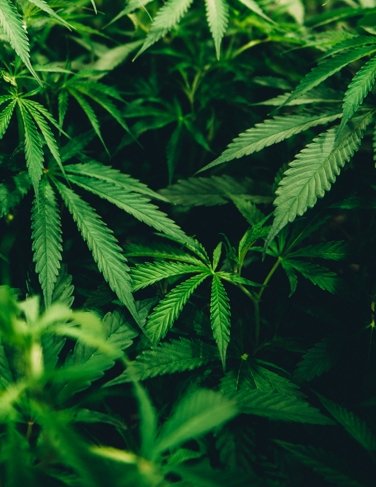
When you think “lightning-fast innovation,” you probably think of San Francisco start-ups churning out new apps and gadgets. But the innovation happening in the world of hemp CBD (cannabidiol) is as fast and furious as anything coming out of the tech world in Silicon Valley.
“Hemp CBD is available in more delivery formats than any other supplement ever,” says Sean Murphy, founder of Hemp Business Journal. “It’s in capsules, tinctures, beverages, foods, gummies, and lotions,” he points out, to name but a few of the ways in which people are getting this non-psychoactive, therapeutic component of the hemp plant.
That array of products makes sense when you consider the equally broad range of ailments that CBD is used for—from aches and pains to troubled sleep to sky-high stress.
But while it seems like we’ve hit peak CBD proliferation, we may only be looking at a fraction of what’s possible. Better bioavailability is the next frontier of hemp-derived CBD supplementation.
Think small
“Nanotechnology” refers to the application of extremely small things (100 nanometers or less) in fields like engineering and science. A single sheet of newspaper—which is even thinner than the page you’re currently reading—is 100,000 nanometers thick. So yeah, anything done at the nanoscale is tiny.
Nanotechnology has already made inroads in the world of supplements. It’s been used with certain nutrients that are ordinarily difficult for the body to absorb, such as curcumin and CoQ10. Now, it’s poised to change the CBD game. Because guess what else can be a bit tough for the body to absorb? CBD.
This particular nanotechnology puts the key ingredient (for example, CBD) inside liposomes, aka miniscule bubbles* made out of the same fat as human cell membranes. That makes for much easier entrée into cells and more effective delivery of therapeutic ingredients, says Chris Shade, PhD, founder of Quicksilver Scientific, which licenses its “sublingual liposomal” nanotech to supplement makers.
This type of high-tech delivery system that boosts bioavailability “represents the future of dietary supplements—one in which the active compounds are absorbed rapidly and efficiently,” says Shade. “There are so many ingredients with great promise … and this delivery system will unlock the true potential of all those ingredients.”
Better absorption could also bring about the same health benefits using less CBD, which could mean more economical options for price-conscious consumers.
However, the marriage of nanotechnology and CBD is new, which means there are some unknowns. Radically more efficient nutritional uptake is not completely understood. Research shows nanoparticles can pass through the blood-brain barrier—but to what effect? And will these CBD-ferrying nanoparticles accumulate in the body over time? So this is not quite an open-and-shut case.
Nevertheless, it’s exciting. And promising—so much so that CBD is going to continue to get bigger … most likely by getting very, very small.
*How tiny? They’re about 1/1,000th the width of a human hair!
Todd Runestad has been covering nutrition science news and ingredient innovations for nearly 20 years. He’s a senior editor covering supplements and ingredients for Informa’s Health & Nutrition Network. @ToddRunestad





























